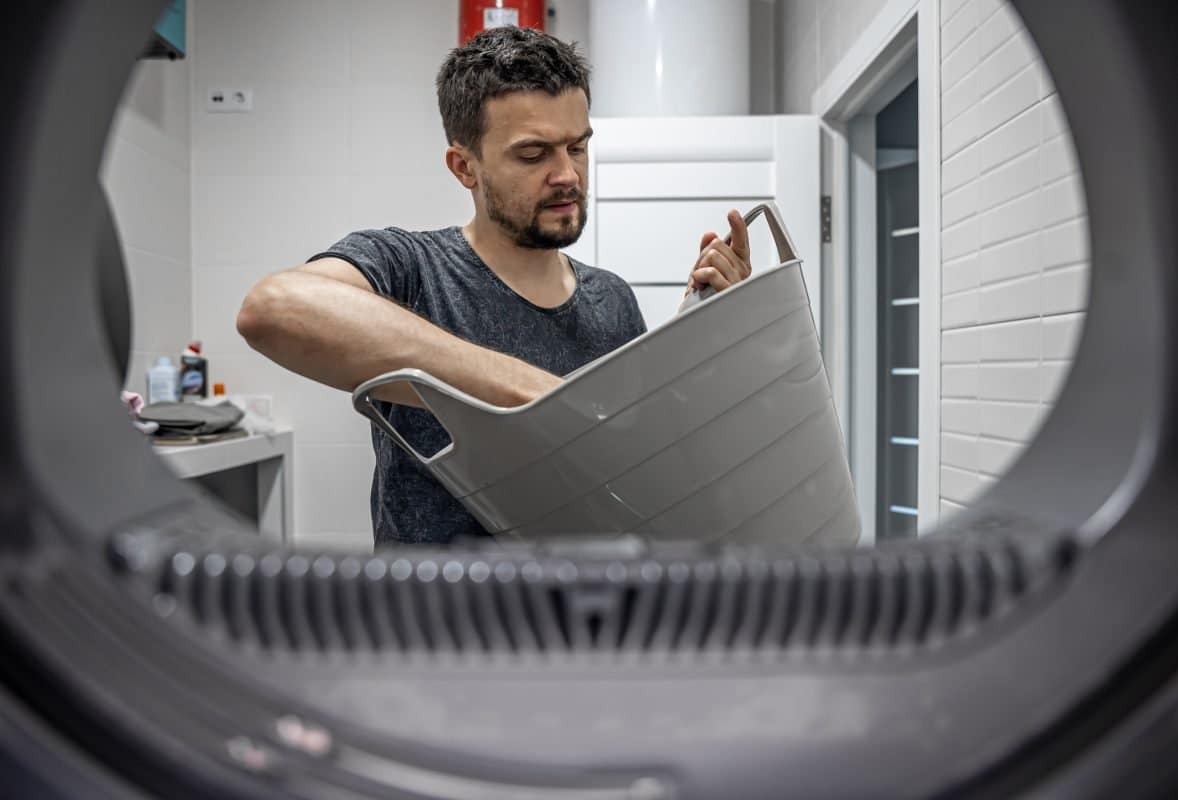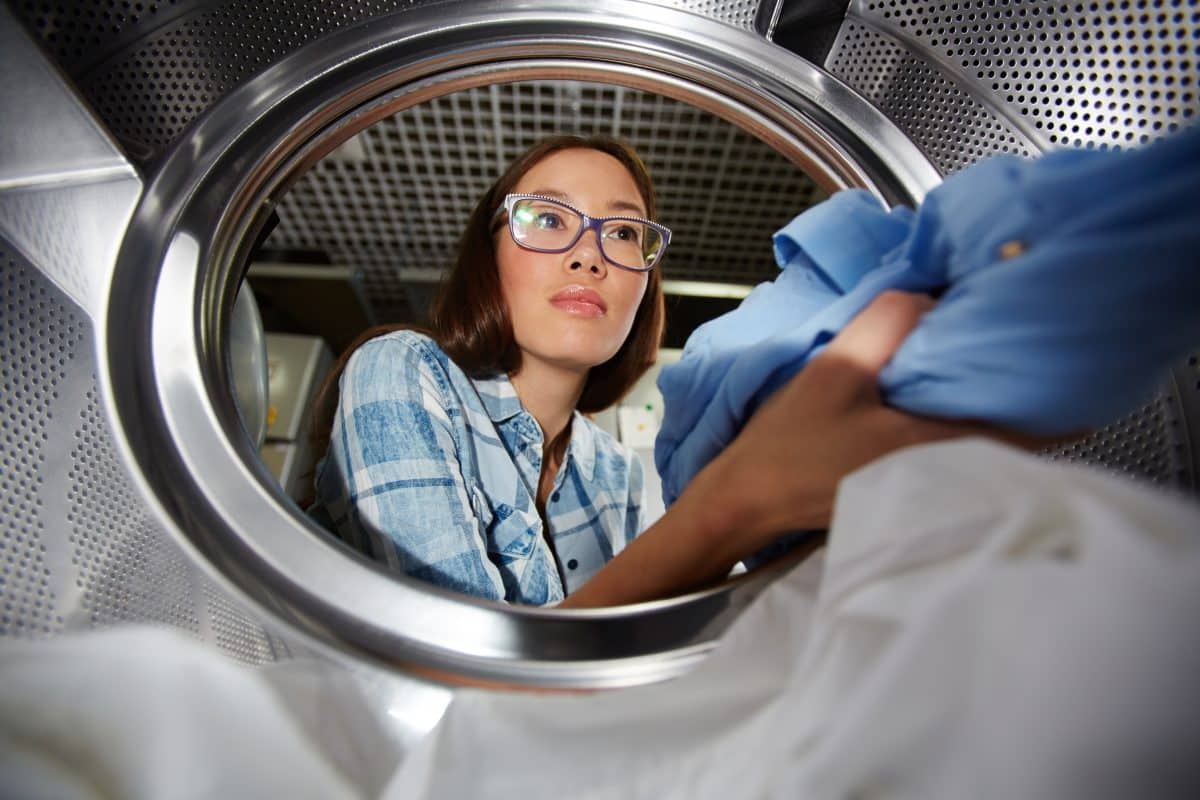Are you tired of discovering puddles of water on your laundry room floor after every wash cycle? A leaking washing machine can not only be a nuisance but can also cause significant damage to your floors and surrounding areas if left unaddressed. In this article, we will delve into the top reasons why your washing machine might be leaking from the bottom and how you can protect your floors from potential water damage.
Whether you have a top-loading or front-loading machine, there are various factors that can contribute to leaks. From loose or damaged hoses to faulty water inlet valves or worn-out tub seals, identifying the root cause is essential to fixing the problem effectively.
By understanding the reasons behind a leaking washing machine, you can take preventive measures to keep your floors dry and preserve the lifespan of your appliance. Join us as we explore common causes, troubleshooting tips, and maintenance practices to help you safeguard your floors from unnecessary water damage. Don’t let a leaking washing machine ruin your day – take control and protect your floors now.

Common causes of washing machine leaks
A leaking washing machine can be caused by various factors. One common culprit is loose or damaged hoses. Over time, the hoses that connect your washing machine to the water supply can become worn out or develop cracks, leading to leaks. Additionally, the water inlet valve, responsible for controlling the flow of water into the machine, may become faulty, causing water to leak from the bottom. Another potential cause is a worn-out tub seal, which can result in water seeping out during the wash cycle.
To determine the exact cause of the leak, it is essential to inspect your washing machine thoroughly. Start by checking the hoses for any signs of damage, such as cracks, bulges, or loose connections. If the hoses appear to be in good condition, move on to examine the water inlet valve and tub seal for any visible signs of wear or damage.
Identifying a leak from the bottom of the washing machine
Identifying a leak from the bottom of your washing machine can help you pinpoint the source of the problem. Start by carefully observing the machine during a wash cycle. If you notice water pooling around the base of the machine, it is likely that the leak is originating from the bottom. In some cases, the leak may be more subtle, with water dripping slowly from the bottom of the machine. It is important not to ignore even the smallest signs of leakage, as they can escalate into more significant issues over time.
To confirm that the leak is indeed coming from the bottom, you can also conduct a simple test. Place a dry towel or newspaper beneath the machine and run a short wash cycle. Afterward, check the towel or newspaper for any signs of moisture. If it is damp or wet, it indicates that the washing machine is leaking from the bottom.
Potential damages caused by leaks
Leaving a leaking washing machine unaddressed can lead to significant damage, not only to your floors but also to the surrounding areas. The constant exposure to water can cause your floors to warp, buckle, or develop mold and mildew. Additionally, the excess moisture can seep into the walls, leading to structural damage and potentially creating an environment conducive to the growth of harmful bacteria.
Furthermore, water damage can extend beyond the laundry room. If your washing machine is located on an upper floor, the leaks can seep through the ceiling, damaging the rooms below. The cost of repairing these damages can quickly add up, making it crucial to address any leaks promptly to prevent further harm.

Common causes of washing machine leaks
A leaking washing machine can be caused by various factors. One common culprit is loose or damaged hoses. Over time, the hoses that connect your washing machine to the water supply can become worn out or develop cracks, leading to leaks. Additionally, the water inlet valve, responsible for controlling the flow of water into the machine, may become faulty, causing water to leak from the bottom. Another potential cause is a worn-out tub seal, which can result in water seeping out during the wash cycle.
To determine the exact cause of the leak, it is essential to inspect your washing machine thoroughly. Start by checking the hoses for any signs of damage, such as cracks, bulges, or loose connections. If the hoses appear to be in good condition, move on to examine the water inlet valve and tub seal for any visible signs of wear or damage.
Identifying a leak from the bottom of the washing machine
Identifying a leak from the bottom of your washing machine can help you pinpoint the source of the problem. Start by carefully observing the machine during a wash cycle. If you notice water pooling around the base of the machine, it is likely that the leak is originating from the bottom. In some cases, the leak may be more subtle, with water dripping slowly from the bottom of the machine. It is important not to ignore even the smallest signs of leakage, as they can escalate into more significant issues over time.
To confirm that the leak is indeed coming from the bottom, you can also conduct a simple test. Place a dry towel or newspaper beneath the machine and run a short wash cycle. Afterward, check the towel or newspaper for any signs of moisture. If it is damp or wet, it indicates that the washing machine is leaking from the bottom.
Potential damages caused by leaks
Leaving a leaking washing machine unaddressed can lead to significant damage, not only to your floors but also to the surrounding areas. The constant exposure to water can cause your floors to warp, buckle, or develop mold and mildew. Additionally, the excess moisture can seep into the walls, leading to structural damage and potentially creating an environment conducive to the growth of harmful bacteria.
Furthermore, water damage can extend beyond the laundry room. If your washing machine is located on an upper floor, the leaks can seep through the ceiling, damaging the rooms below. The cost of repairing these damages can quickly add up, making it crucial to address any leaks promptly to prevent further harm.

Other factors to consider when dealing with washing machine leaks
While the bottom of the washing machine is a common area for leaks, it is crucial to consider other factors that may contribute to the problem. For instance, if your machine is not level, it can cause excessive vibrations during the wash cycle, leading to leaks. Ensure that your washing machine is properly leveled by adjusting the feet, if necessary.
Additionally, if you have recently moved or installed a new washing machine, it is important to check the installation. Improper installation can result in leaks, so follow the manufacturer’s instructions carefully to ensure a proper setup.
Conclusion and final thoughts
A leaking washing machine can be a frustrating and potentially damaging problem. By understanding the common causes of leaks and taking preventive measures, you can protect your floors from unnecessary water damage. Regularly inspecting the hoses, checking the water inlet valve, and maintaining your washing machine will help minimize the risk of leaks and ensure the optimal performance of your appliance.
If you do encounter a leak, take immediate action to troubleshoot and fix the issue. Whether you choose to tackle the repairs yourself or hire a professional, addressing the leak promptly will prevent further damage and save you from costly repairs down the line.
Remember, a little maintenance and vigilance can go a long way in protecting your floors and preserving the lifespan of your washing machine. Don’t let a leaking washing machine ruin your day – take control and protect your floors now.

